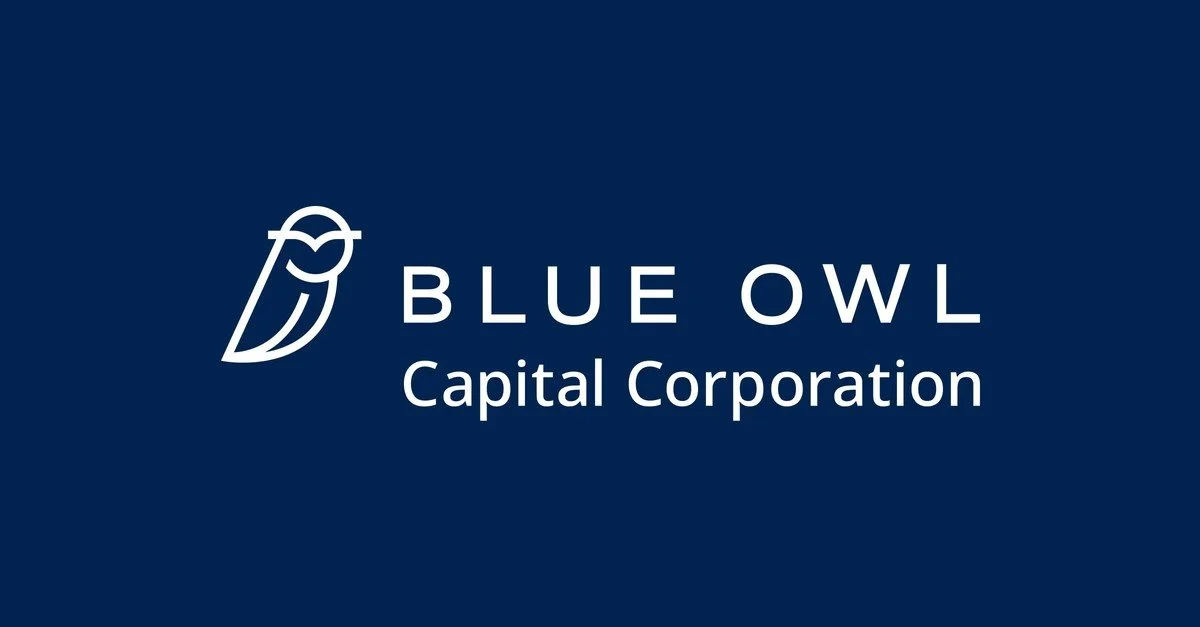KRC | Q4 2024
The content provided on this website, including any communications, posts, videos, social media interactions, and other materials, is for informational and educational purposes only. It should not be considered as financial or investment advice. Read our full disclaimer here.
Links
Link to Transcript
Overview
FFO of $1.20 beats by $0.17.
Revenue of $286.38M (+6.4% Y/Y) beats by $6.23M.
Takeaways
Kilroy Realty (KRC) wrapped up 2024 on a high note, showing solid leasing momentum and early signs of a market rebound—though some near-term challenges remain.
The company reported Funds from Operations (FFO) of $1.20 per share for Q4, though that number got a short-term boost from one-time items like the $6 million sale of the company’s corporate jet.
Occupancy ended the year at 82.8%, impacted by a few big tenant move-outs, including Capital One and Microsoft in the Bay Area.
Looking ahead to 2025, Kilroy expects FFO between $3.85 and $4.05 per share, but occupancy is likely to dip a little further, averaging 80-82% for the year. That’s mostly due to a handful of move-outs happening in early 2025.
Same-property NOI is also expected to decline between 1.5% and 3%, with the biggest drag coming from lower base rents, weaker cost recoveries, and fewer one-time income boosts.
With that said, it wasn’t all bad news. Leasing activity hit its highest level since 2019, with Kilroy signing 708,000 square feet of new leases in Q4.
Walmart took multiple floors at Skyline Tower in Bellevue, Washington, requiring Kilroy to get creative with an early lease termination to make room.
Meanwhile, a global tech company signed a 274,000-square-foot lease in the Bay Area, helping Kilroy lock down over 70% of a major 2026 lease expiration. This follows a 157,000-square-foot lease with the same tenant in Q4 2023. It’s a good sign that companies are starting to make long-term space commitments again.
CEO Angela Aman pointed to broader market trends that could work in Kilroy’s favor—like historically low new office supply and companies pushing return-to-office mandates. That should help demand continue picking up.
Kilroy is also focused on leasing up its top-tier vacancies, particularly in some of its newest, most high-end developments, like West8 in Seattle, 2100 Kettner in San Diego, and Indeed Tower in Austin.
Another major growth driver is Kilroy Oyster Point in South San Francisco, which officially received its temporary occupancy certificate in January 2025. The life sciences market remains competitive, but Kilroy is confident that Oyster Point’s top-tier amenities—including spec suites, conference space, and outdoor event areas—will attract tenants.
On the investment side, CFO Eliott Trencher highlighted an improving office sales market.
Deal volume and financing levels were up year-over-year, with smaller transactions dominating the landscape—85% of 2024 office deals were under $100 million. With valuations starting to stabilize, Kilroy is testing the sales market again, selectively selling properties where it sees the most upside.
It’s also in advanced talks with residential developers to sell off two Southern California land sites for $150 million+. Given the region’s housing crunch, converting some of its commercial land into residential projects makes sense.
At the same time, Kilroy is reevaluating its development pipeline, trying to maximize value while reducing risk. Some projects, like Kilroy Oyster Point, will move forward as planned, while others—especially in Southern California—are being re-entitled for residential use.
One of the biggest question marks in the portfolio is the Flower Mart project in San Francisco.
Originally envisioned as a 2.3 million-square-foot office project, it no longer makes sense in today’s market. Kilroy is working on other plans, but if office demand doesn’t justify moving forward, the company could see an earnings hit in the back half of 2025.
During the Q&A, analysts pressed Kilroy on occupancy trends, especially with several big move-outs hitting in early 2025. Aman acknowledged that Q1 will be a rough patch, but after that, things should stabilize.
Beyond Q1, no remaining 2025 lease expiration is bigger than 50,000 square feet, which should help avoid any more big dips. She also pointed out that Kilroy has made major progress addressing 2026 expirations, securing long-term commitments from some of its biggest tenants.
On the demand side, leasing momentum is picking up, especially in Bellevue, San Diego, and Austin—where office attendance mandates are stronger and high-quality buildings still command strong interest.
San Francisco remains a wild card, but AI-related leasing is picking up, with 86 AI deals signed in 2024 alone.
Office vacancy in the city declined for the first time in nearly five years, and sublease space is finally starting to shrink. It’s too early to call a full recovery, but the leasing pipeline is the healthiest it’s been in a while. Los Angeles, on the other hand, still has work to do, with demand slower to rebound.
Overall, Kilroy is playing the long game. Even though occupancy will dip in early 2025, management is proactively locking in long-term tenants and positioning its portfolio to capture demand as the market recovers.
With a strong balance sheet and growing leasing momentum, Kilroy is doing what it can to set itself up for a solid recovery in the coming years.




Revenue of $1.88B (+4.4% Y/Y) beats by $10M. Non-GAAP EPS of $1.96 beats by $0.09.